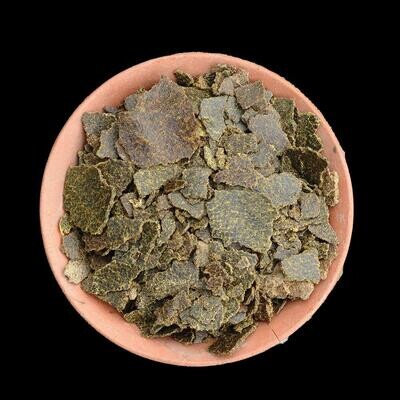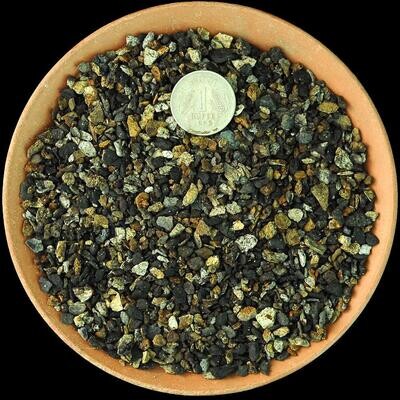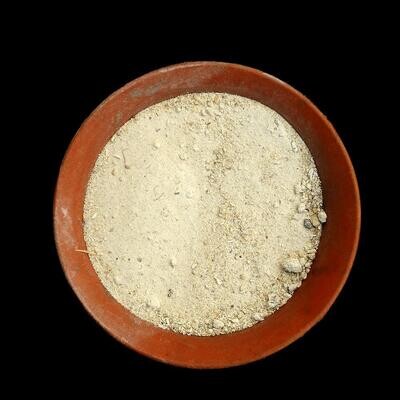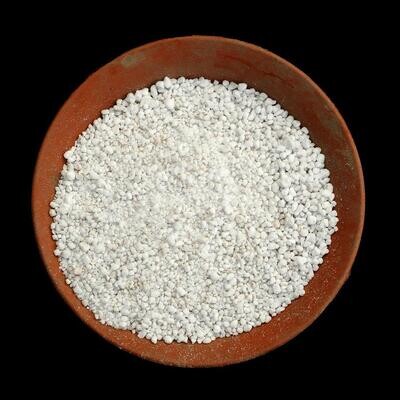Please check the Shipping Updates Page for information on shipping.
Euphorbia unispina v inermis ( Candle Plant)
Origin of Name
Euphorbia unispina var. inermis derives its name from Latin and botanical nomenclature, reflecting specific characteristics of the plant. "Euphorbia" is named after Euphorbus, a Greek physician to King Juba II of Mauretania, known for his work with medicinal plants. "Unispina" translates to "single spine," indicating the plant's typical growth habit of producing a solitary spine at each areole. The term "inermis" means "unarmed" or "spineless," signifying this variety's lack of sharp spines, which distinguishes it from the more common spiny forms of Euphorbia unispina. The common name "Candle Plant" is inspired by the plant's upright, candle-like appearance.
Technical Description of Plant
Euphorbia unispina var. inermis, or Candle Plant, is a distinctive succulent with a striking architectural form. It features tall, slender, green to blue-green stems that resemble candles, growing upright and branching from the base. Unlike the typical Euphorbia unispina, the var. inermis does not produce prominent spines, giving it a smoother appearance. The plant can reach several feet in height, with each stem topped by small, green leaves that may fall off during dry periods. It produces small, yellow flowers within cup-like structures called cyathia, typically appearing at the stem tips in spring and summer.
Origin of Plant
Euphorbia unispina, including its variety inermis, is native to Eastern and Southern Africa, where it thrives in arid and semi-arid climates. This adaptation to harsh environments contributes to the plant's resilience and low maintenance requirements in cultivation.
Conservation Status
While specific conservation information on Euphorbia unispina var. inermis may be limited, Euphorbia species are generally not listed as endangered. However, habitat destruction and climate change pose ongoing threats to many native plant species, including various Euphorbia. Sustainable cultivation and propagation practices are essential for preserving biodiversity.
Care Instructions
Euphorbia unispina var. inermis prefers bright, indirect light but can tolerate direct sunlight, especially in cooler climates. It requires well-draining soil, typical of succulents, to prevent root rot. Water moderately during the active growing season, allowing the soil to completely dry out between waterings. Reduce watering significantly during the dormant winter months. This variety is relatively drought-tolerant once established. Protect from frost, as it is not cold-hardy. Handle with care, as the sap of Euphorbias can be irritating to skin and eyes.





